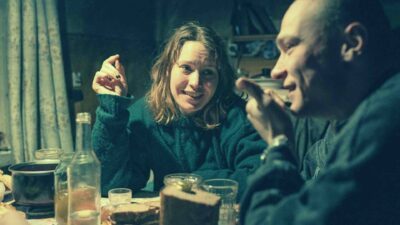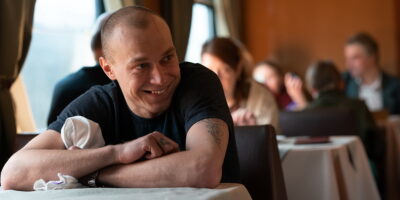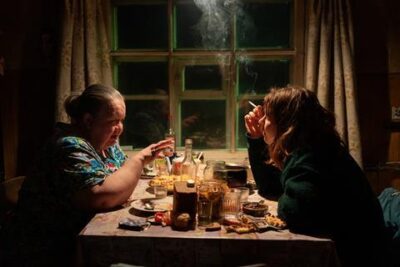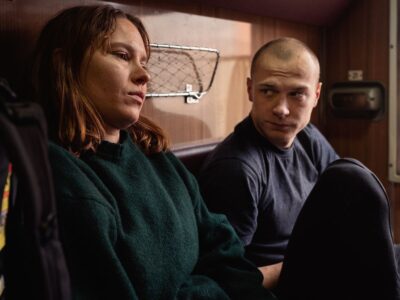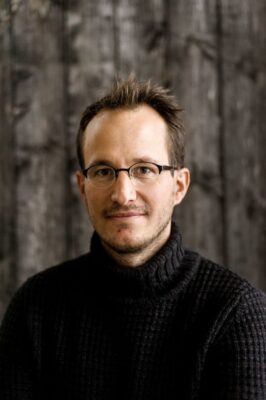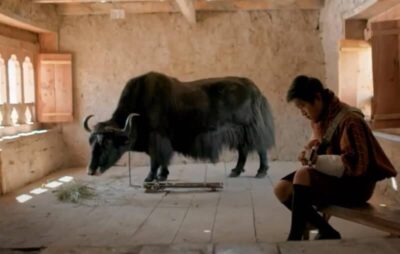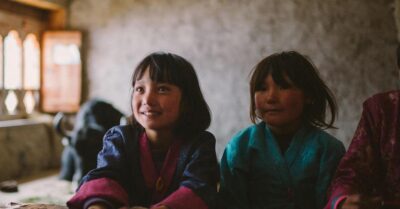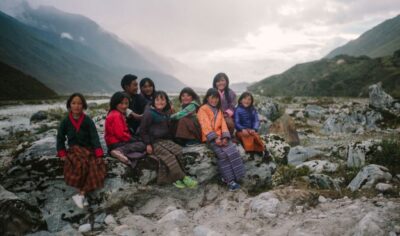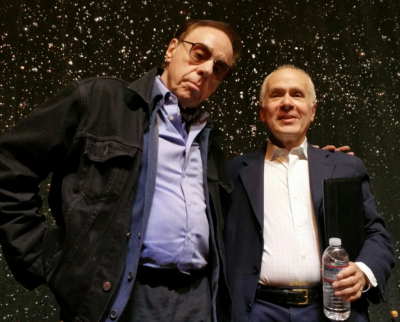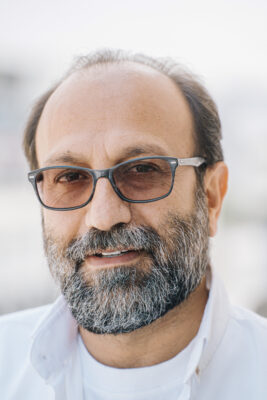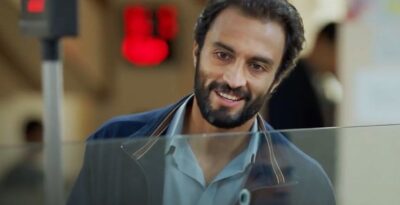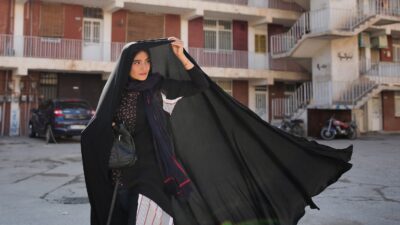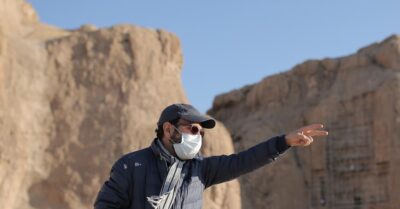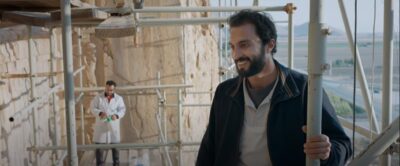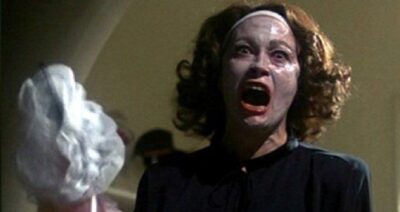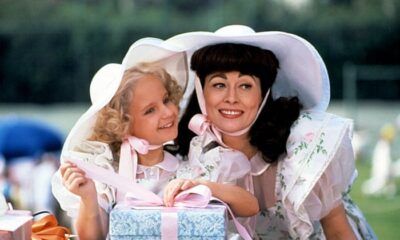In this portrait of parental sacrifice and the love of a father for his son, former wrestler Kakhi (played by real-life Olympic champion Levan Tediashvili) embarks on a journey from his home in the Republic of Georgia to visit his son Soso (Giorgi Tabidze) in the Russian-speaking neighborhood of Brighton Beach, Brooklyn. There he finds him living in a shabby boarding house populated by a colorful group of fellow Georgian immigrants. Soso is not studying medicine, as Kakhi believed, but is working for a moving company and has accrued a $14,000 gambling debt to a local Russian mob boss. Kakhi sets his mind to helping his hapless son out of his debt, leading to situations as often comic as they are dire. Lensed by Oscar®-nominated cinematographer Phedon Papamichael (The Trial of the Chicago 7, Nebraska), Levan Koguashvili Brighton 4th won three major awards at the Tribeca Film Festival – Best International Film, Best Actor, and Best Screenplay – and is Georgia’s official submission to the 94th Academy Awards®.
Laemmle Theatres is proud to open Brighton 4th on February 11 at our Encino, Pasadena and West L.A. theaters.
“Touchingly absurd and absurdly touching… A slow-burn family drama infused with welcome doses of deadpan dark humor.” ~ Frank Scheck, The Hollywood Reporter

“A tragicomedy that sneaks up on you stealthily before flooring you with an emotional sucker punch in the final reel.” ~ Matt Fagerholm, RogerEbert.com
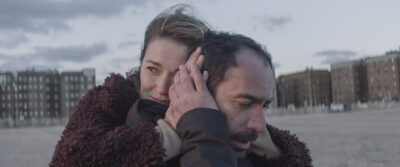
“The melancholy-infused narrative neatly balances rueful humor with genuine sweetness.” ~ Alissa Simon, Variety
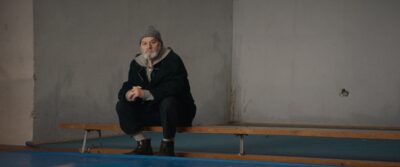
“A near-perfect, semi-comic portrait of the low-rent Georgian enclave in Brighton Beach.” ~ Michael Atkinson, The Village Voice
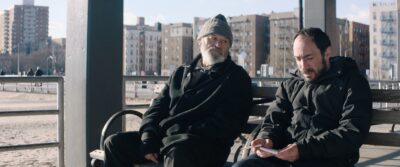
“A touching and surprising exploration of masculinity that features a stunning central performance from former Olympic wrestling champion Levan Tediashvili.” ~ Kaleem Aftab, Cineuropa
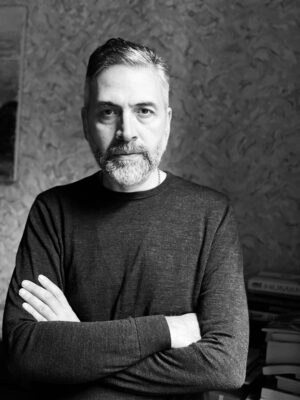
“Koguashvili deftly blends tones in his vividly realised snapshots of Georgian manhood.” ~ Wendy Ide, Screen Daily
“A compelling portrait of the Eastern European community that exists in Brighton, [featuring] a great performance by Tediashvili, in his first film role.” ~ Christian Gallichio, The Playlist

